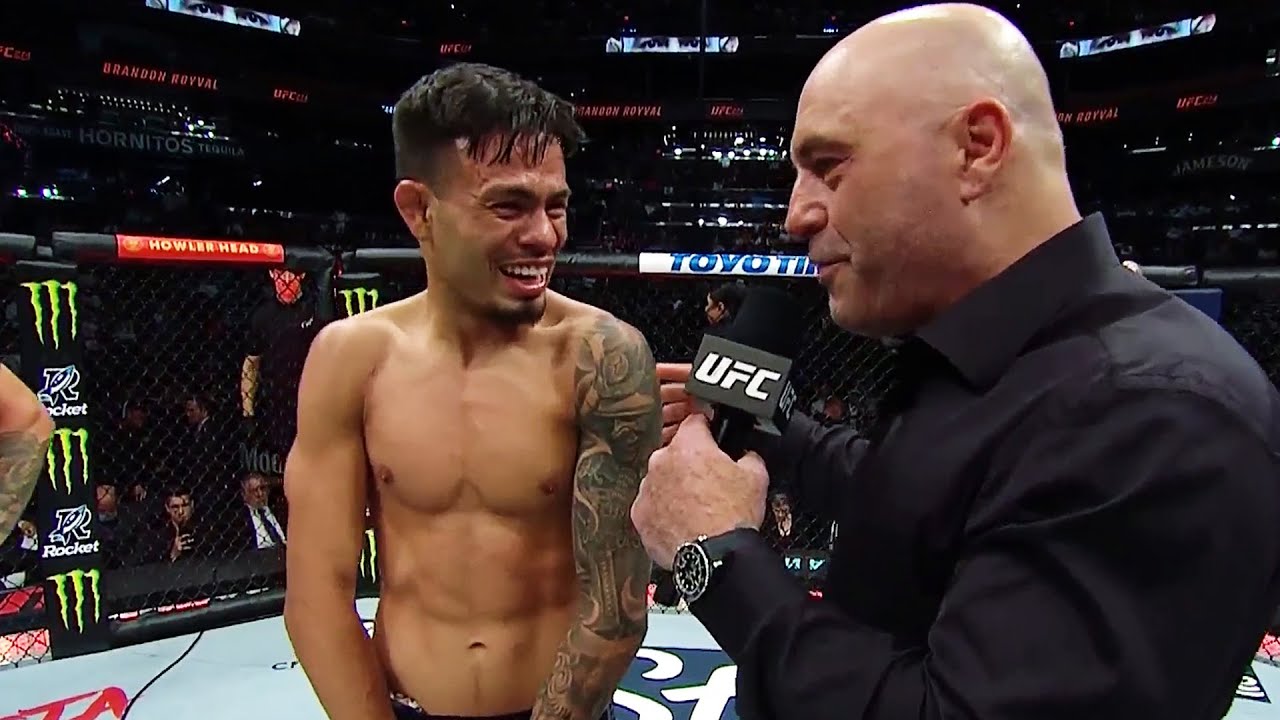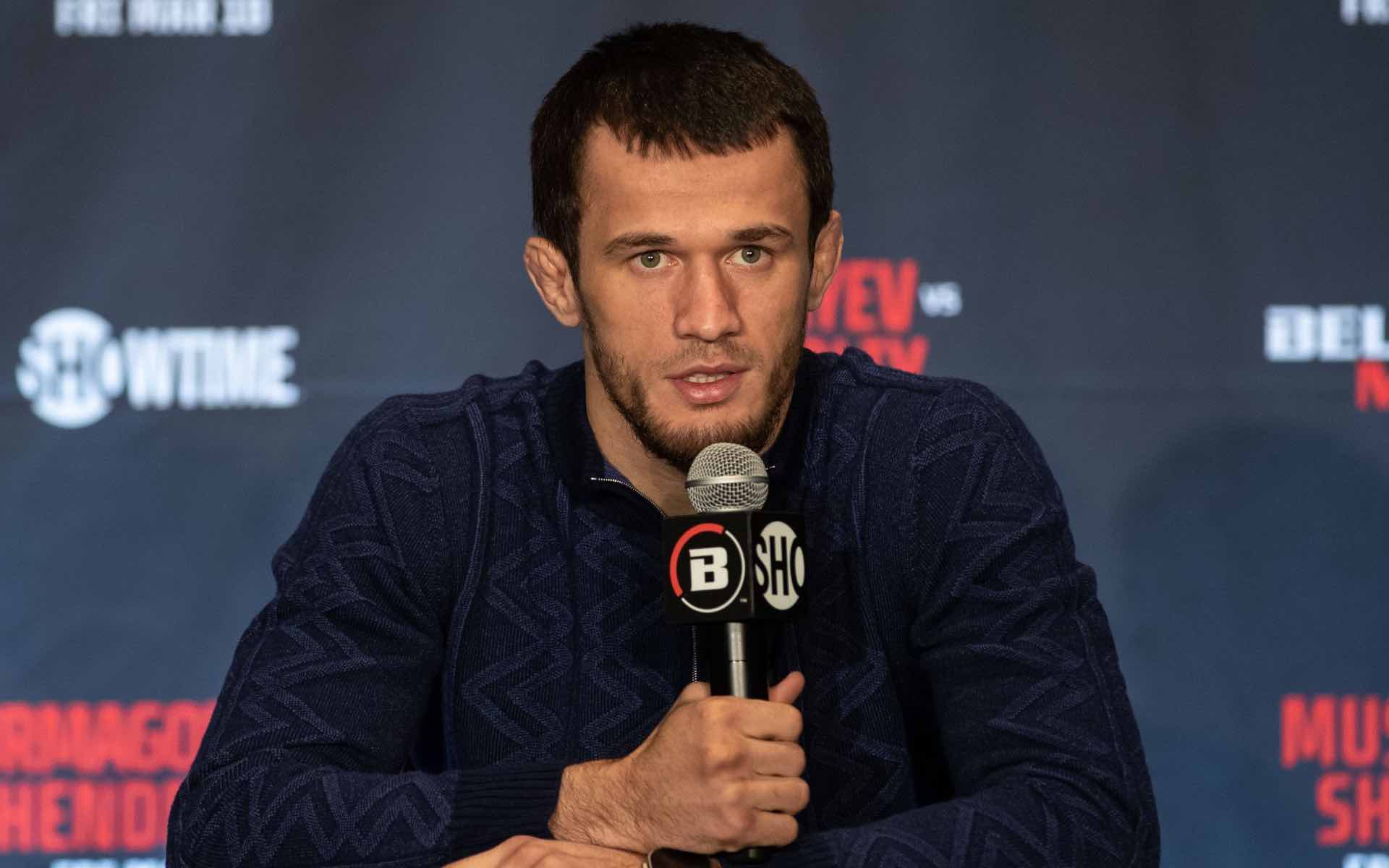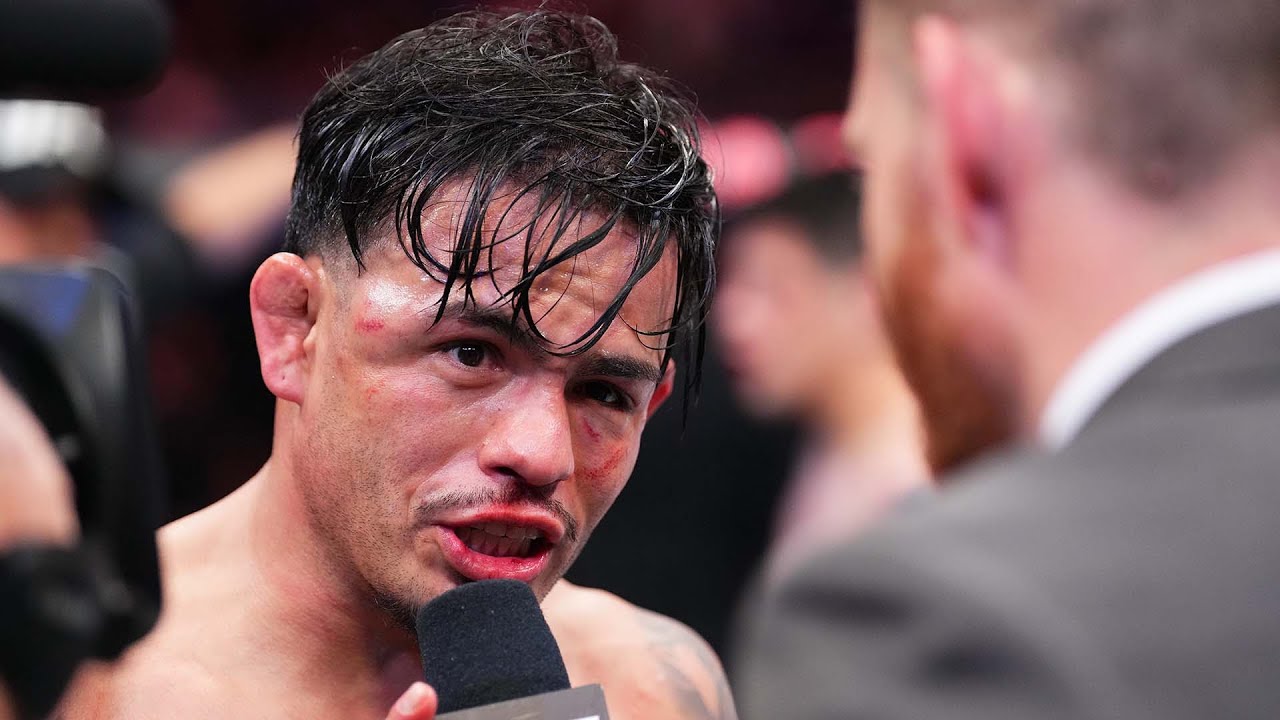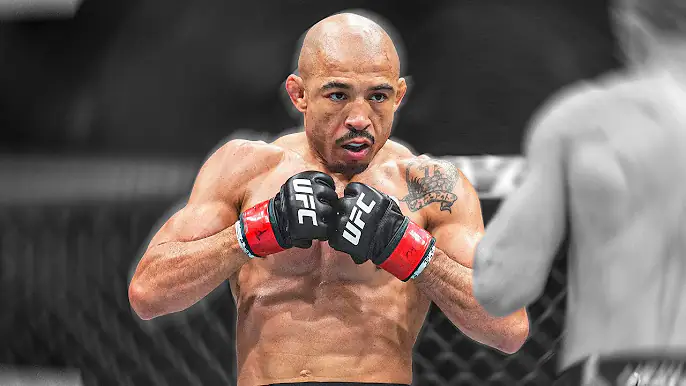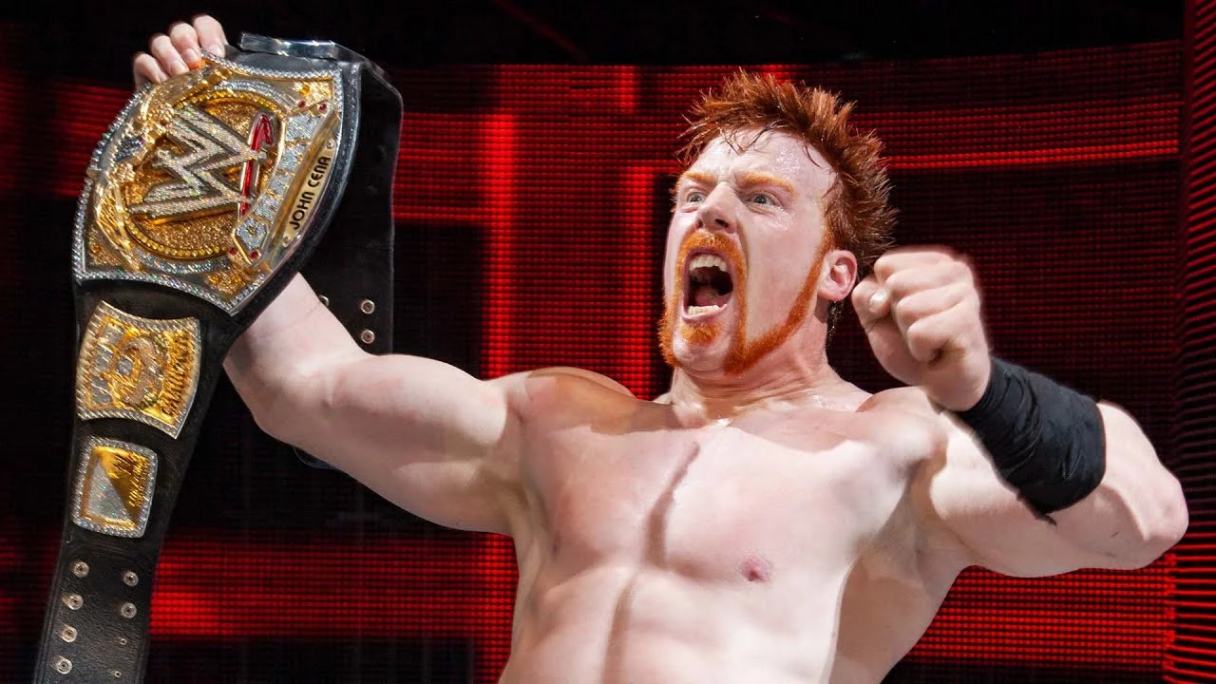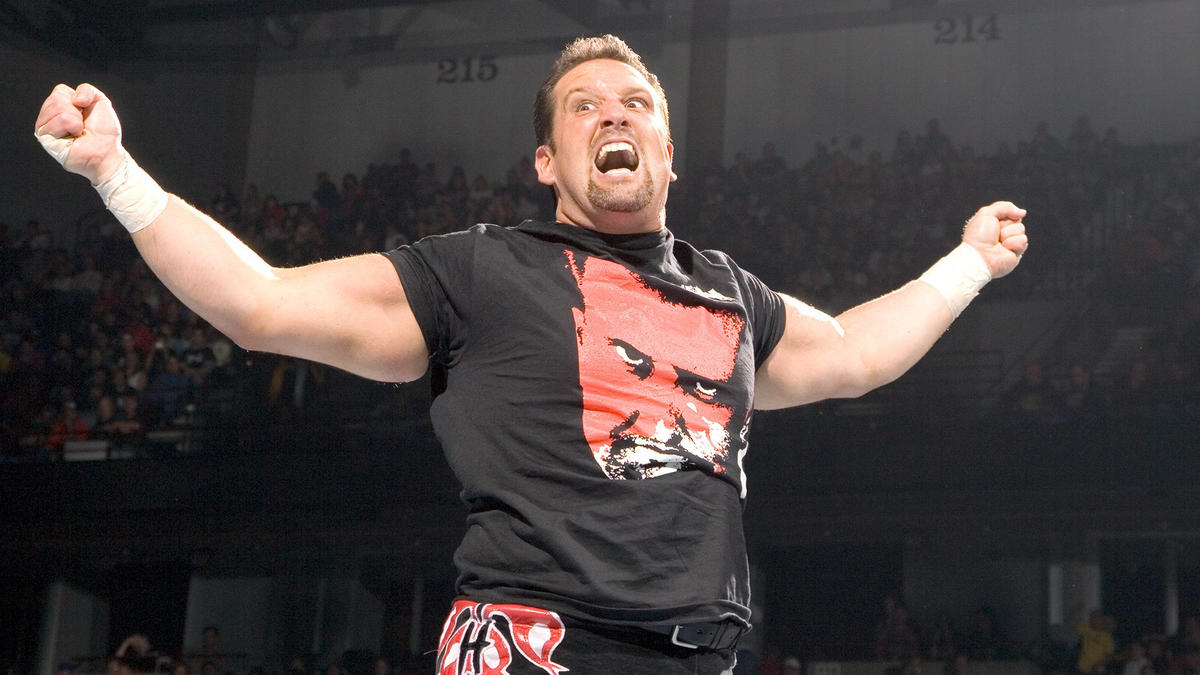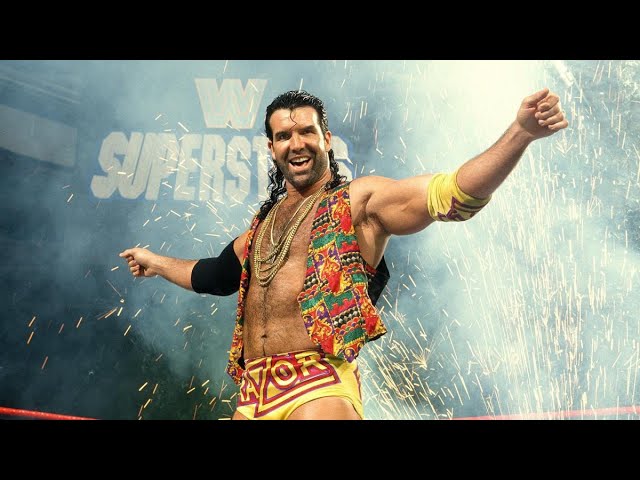How MMA Fighters Stay Fit in the Offseason: Their Secret Routines
MMA is actually one of the most grueling combat sports on the face of the globe. In order to be at their best in the Octagon, fighters have to be physically ready for the challenge that they are about to face, as the Octagon demands a lot of endurance, strength, agility, and determination. Unlike other sports, where the fight camp that precedes the match is believed to be the most important period, the period that comes after it is also significant. This is the time that fighters take time to undergo through the strains and stress of competition, but at the same time they train to improve on their fitness and other aspects of combat.
The offseason in MMA does not equal the vacation for fighters. Indeed, the most disciplined fighters have their own regimen that they follow in order to stay in shape and be prepared to enter the fight camp at any one time. Below is a breakdown of MMA fighters’ training during the off season as well as the effectiveness of the routines that they engage in.
Recovery and Restorative Activities
Depending on the fighter, the first half of the year is normally spent in the process of rehabilitation. MMA competition and training are very rigorous and require a lot of physical exertion, and thus participants are likely to sustain minor injuries, muscle soreness, and tiredness. In this stage, practitioners perform extensive recovery activities in order to facilitate the muscles’ ability to recover while also ensuring that they are not overtly idle.
Key practices include:
Yoga and Stretching: Yoga is gradually becoming the most common complementary activity among MMA fighters, mainly because of the benefits it has on the flexibility, balance, and mental capabilities of the fighters. Some of the fighters that have used yoga include Conor McGregor and Jon Jones, who have stated that yoga has helped them in improving their performance and also in their recovery after intense training sessions. Stretching exercises also help in preventing injuries as they help to increase flexibility of the muscles and the joints.
Swimming: Swimming offers a complete body workout, which is not rigorous, and assists fighters in their recovery without straining their joints. It helps to develop cardiovascular stamina and is the ideal routine for persons with injuries.
Massage Therapy and Foam Rolling: To avoid the stiffness and soreness that is associated with training, most fighters often take time during the off season to get massaged or perform self-myofascial release, which is commonly referred to as foam rolling. These techniques assist in relaxing the muscles, increasing circulation of blood, and enhancing the recovery period.
Sleep and Nutrition: Recovery is important, and so fighters make it a point to get enough good rest, especially during the off season. Most of them seek the services of nutritionists to help them adjust their meals for the purpose of facilitating recovery, especially through taking foods that contain anti-inflammatory nutrients and enough water and protein so as to repair the muscles.
Strength and Conditioning Workouts
Thus, despite the fact that there is no fight at the moment, MMA fighters cannot afford to get complacent during the off-season. They need to have strength and conditioning workouts in order to keep them physically fit all year round. But they are also able to concentrate on the muscles and strength during the offseason as they are not in the process of losing weight or practicing specific fight moves.
Key components include:
Weight Training: The off season is used by fighters to add mass to the muscles and thus add more strength to the body. Some of the lifts used in programs are compound lifts such as dead lifts, squats, and bench presses, which work out many muscles at once. Endurance strength is favored because the strength used in MMA must be usable in dynamic movements during the fight. Athletes may also perform power cleans and plyometric exercises that will help them to generate force in strikes and takedowns.
Cardio Conditioning: Cardiovascular stamina is important in this case because a fighter may be required to stand in a fight for several rounds. Fighters may use different forms of cardio in the offseason to build and sustain their endurance, including: Fighters may use different forms of cardio in the offseason to build and sustain their endurance, including:
Running and Sprints: The fighters normally employ long-distance runs for endurance and short-distance sprints for speed.
Cycling: Biking is a low-impact form of exercise that will assist fighters in improving their cardiovascular endurance without having the negative effect on the knees and hips.
High-Intensity Interval Training (HIIT): HIIT, therefore, involves the sequencing of intense exercise episodes with recovery or moderate-intensity exercise episodes. This method is a perfect mimic of an MMA fight where an individual is attacked, then he/she gets to recover before the attack continues.
Functional Strength Circuits: MMA is not about one’s strength but how one can maneuver in the cage with force and speed. Most of the fighters prefer functional strength circuits that mimic the fight environment, and the equipment includes kettlebells, battle ropes, resistance bands, and medicine balls. That is why such routines assist in the development of the necessary explosiveness for strikes, grappling, and the changes in position.
Skill Development and New Techniques
During the off-season, fighters are privileged with ample time to work on their skills without the stress of a bout pending in the near future. This is the time that the fighters can either work on their skills or incorporate new weapons into their skills, such as striking, grappling, or cage management skills.
Key focuses include:
Specialized Martial Arts Training: Fighters use the fight camp in a way that they interrelate their training in order to prepare them for a certain opponent. In the offseason, however, they can dedicate more time to one particular discipline: In the offseason, however, they can dedicate more time to one particular discipline:
Brazilian Jiu-Jitsu (BJJ): During the off-season, MMA fighters tend to focus on their grappling and submission skills in BJJ. Some even compete in grappling tournaments during this period in order to maintain an active level of competition.
Muay Thai and Boxing: Training camps that are focused on striking are held in Thailand, or boxing gyms are usual in the offseason. During this period, fighters have time to work on the correct stance, how to avoid their opponent’s blows, and how to combine their punches.
Wrestling: Wrestlers can use the off season to practice takedowns, escapes, and ground control, which can be done through hard training or participating in wrestling competitions.
Cross-Training with Other Combat Sports: To add variety and test themselves, some fighters try out other forms of fighting disciplines. This could entail engaging in kickboxing, grappling, or even experimenting with forms such as judo or karate. Such experiences always enhance a fighter’s fitness in the cage and make them more flexible.
Game Plan Development: Off-season fighters can also look back at fights that were conducted with the view of correcting something that was wrong or continuing with something that was right. Some fighters use the services of coaches to come up with new tactics, do research on future opponents, or practice some moves that may have been left out.
Mental Training and Visualization
It is also as important as physical fitness and even more crucial with MMA being a highly intellectual sport. Training of the mind is also vital, especially during the off-seasons, because this will help the fighter to remain focused and calm when the time comes to rumble.
Mental training methods include:
Visualization: Imagery is one of the mental techniques applied by many fighters in order to prepare themselves for the bout in the Octagon. This technique entails the ability to create positive mental images during training and fighting, thus enhancing confidence and mental set. MMA practitioners like GSP have attributed visualization as an important factor that helped him in the cage.
Meditation and Mindfulness: Some fighters use meditation or other relaxation techniques to deal with stress and anxiety both in training and in other aspects of their lives. These practices can assist in gaining focus, managing emotions, and staying relaxed in pressure situations, all of which are important in combat sports.
Sports Psychology: Some of the fighters engage sports psychologists during the off-battle seasons in order to build up their psychological strength, deal with adversities, and cope with the stress that comes with the fight. It is always the psychological factor that makes the difference between the winner and the loser, and the offseason is the best time to work on it.
Diet and Weight Management
Weight management and diet control are not something that a fighter does only in the fight camp but a continual process all year round. During a training camp, a fighter’s diet tends to be less free flowing, but there are definitely periods where a fighter can indulge or binge, especially during the off season, but most fighters have to stick to a strict diet to prevent them from gaining a lot of weight or losing their conditioning.
Key dietary practices include:
Nutrient-Dense Foods: They emphasize taking foods with high protein, carbohydrates that are not simple, fats that are considered healthy, and vitamins that are got from fruits and vegetables. This allows them to have the vitamins and minerals that are required to enable the body to recover, have energy, and build muscles.
Moderation and Cheat Meals: Although fighters can afford to occasionally enjoy what they call ‘cheat meals’ during the off season, the most disciplined fighters understand that moderation is the word. The ability to keep a healthy diet also helps them to come close to their competition weight, thus making the process of weight cutting easier when the fight camp is on.
Hydration: Hydration management is therefore very important in the recovery, performance, and health of the athlete. Boxers are very particular with the amount of water they take, especially during the off-training period, so as to be fit to handle the physical challenges of the fight camp.
Cross-Fit and other forms of exercise training.
Some MMA fighters use different training regimes during the offseason in order not to be ‘bored’ with the regular training sessions, as they also help to build up the stamina and strength in different ways. CrossFit is one such training system that has been adopted by fighters due to its efficiency given by its high-intensity functional fitness training methodology.
Other alternative methods include:
Rock Climbing: This physical activity enhances the strength of fingers, balance, and concentration—attributes that are crucial in MMA, especially for the wrestlers.
Gymnastics and Calisthenics: Some fighters perform gymnastics or bodyweight training exercises in order to enhance their flexibility, core muscularity, and body awareness. Gymnastics training can help to improve the coordination of an athlete’s movements, which is a great benefit when engaged in MMA, particularly when in a scramble.
Outdoor Training: Offseason training is mostly about maintaining the fighters’ fitness levels and changing the scenery from the gym; they can go hiking, trail running, or participating in obstacle courses. Outdoor training assists the fighters to endure, develop their spirit, and enjoy the physical activity when training on different terrains.
Conclusion
MMA fighters do not fight all year round, but that does not mean that the off-season is a time for rest. By engaging in activities such as active recovery, strength training, skill development, mental conditioning, and a proper diet, fighters keep in shape and ready for a fight even if they are not in a fight camp. Regardless of whether they are trying to develop new moves to add to their repertoire, working on their functional strength, or getting their minds ready for the next fight, the time off is a vital period in the fighter’s preparation as he or she makes sure he or she is ready to go when the call comes.
This level of commitment and discipline is what sets one fighter apart from the other, and it is for this reason that MMA athletes are some of the most challenging and versatile in the world.
